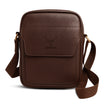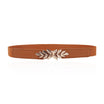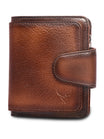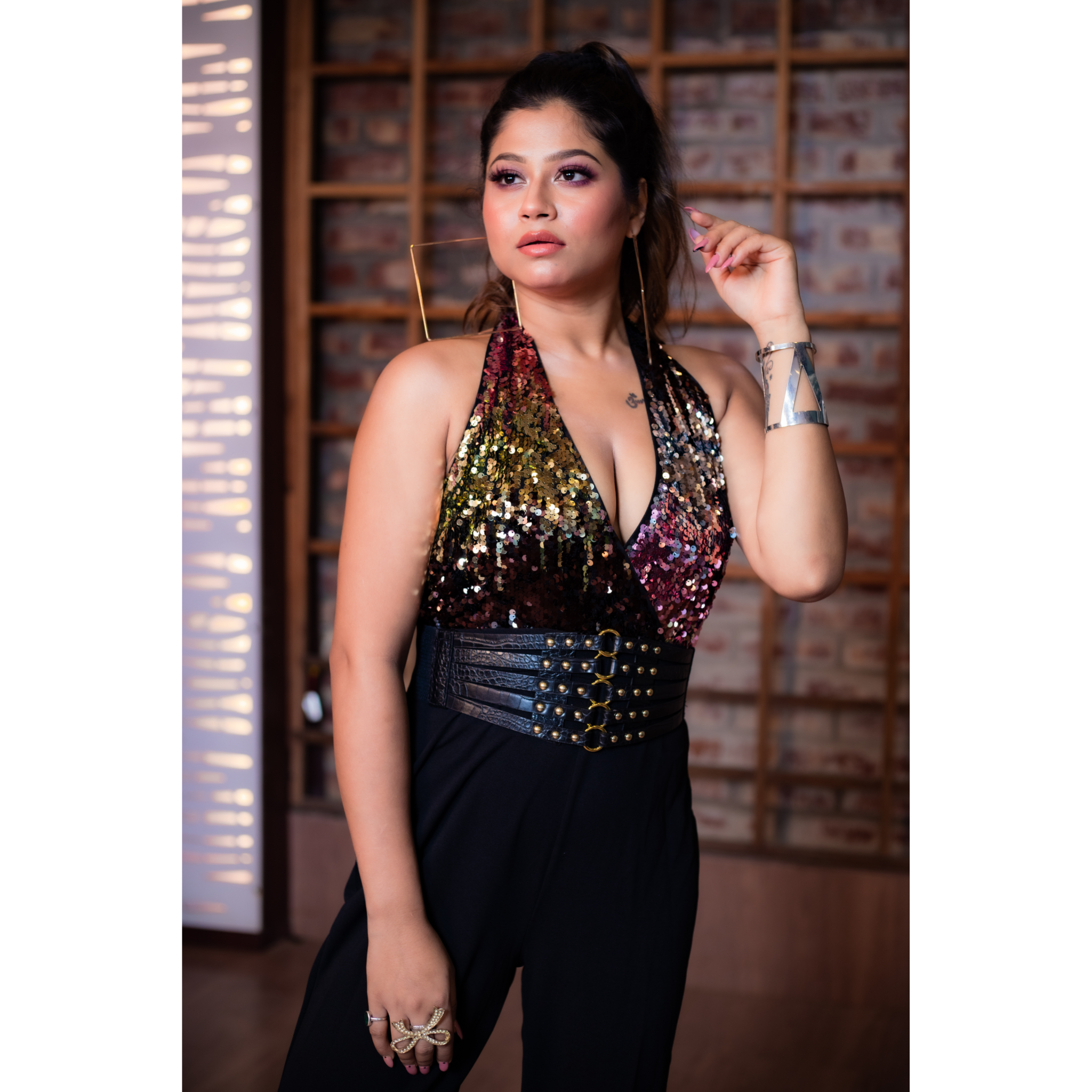A Brief History of Ladies Belts: An Important Fashion Accessory For Women
Women's Fashion and Dress Codes in the Western World throughout the Ages
Belts have a specific utilitarian need and have been around for ages much before they became a fashionable accessory. The early versions of belts had no aesthetic purpose. Rather it had more practical utility. Belts origins can be traced back to the prehistoric era. Back in those days, pockets were not part of the dressing. However, people still needed to carry their belongings with them and a bag was not always a practical option. Strange as it may sound today but initially the very first belts were created to keep tools. Yup, you read it right- a tool belt was the predecessor to the modern-day version of belts. These tool belts were not made from leather. Instead, these belts were crafted from softened tree bark. It was easily available and this material behaved very much like leather in terms of hardiness. Over time, other belts followed with different purposes. Some of these belts were part of the garments. Civilizations across the world used belts for different purposes.
Buddhist Monks & Sadhu’s in India, often carried a cloth sack that was attached to their waist with a rope. Catholic priests & monks wore them too and it was characterized by three Franciscan knots. These knots were more symbolic; they represented vows of chastity, poverty, and obedience. Soldiers too carried belts for utility. It was used to hold swords, daggers, and other weaponry. During the Roman Era, gladiators too had their own version of specially crafted belts. It helped them to keep their hands free during the fight.
The primary belt also known as the cingulum was fastened around the waist and held a dagger. This belt had several leather strips embellished with studded stones for adornment.
A second belt was called a balteus. It was wrapped over the shoulder and contained a small sword. Belts weren’t only limited to commoners during this era but they had entered the royalty. Roman emperors and nobles too wore them. Emperors & nobles usually wore a toga which was fastened around the waist with a belt made of gold and fabric.
It was considered more of a symbol of social standing during the medieval period but later on, people from all walks of life began to wear belts but fashion depended on who they were. Belts of the upper and lower classes were different. The rich and wealthy, specifically women, would wear elaborately decorated gold or leather belts usually studded with precious stones. The design was more like a loose chain or golden strap around the waist. Warriors & knights too wore similar styles of clothing. Lower classes people usually wore a simple leather belt crafted with pouches to carry their things like coins.
Renaissance period:
During the renaissance period belts became part of a women’s fashion accessory. Bodices and corsets became less common. They were replaced with tunics cut from lighter, softer, and easier materials that were cinched in with a belt. This new way of dressing was far more comfortable and created the illusion of a little waist. Once again belts had become a mainstream fashion accessory for women. The belts became softer and more feminine. These belts were made up of high-quality fabrics, decorated with embellishments. The fashion of wearing belts continued for the following few centuries. During the 1850’s, many ladies wore dresses with sashes cut from matching fabrics tied around their waists. Belts went out of fashion in women’s fashion for a quick period. However, the belt made a big comeback by the 1930’s as fashion trends began to change. In the 1950’s for instance, thin, simple belts were the entire trend as Christian Dior’s vogue entailed a nipped-in waist. Chain belts draped loosely around the waist were a trademark of 1970’s fashion.
History of Ladies Belts in Japan, China, Korea & South East Asia
Women around the world have used belts or belts like stuff around their waist. Women in Japan, China, Korea and other Asia pacific countries wore a fabric belt around their traditional attires like Kimono.
The Roots of Ladies Belts in India:
In India, ladies have always worn belts however it is not called a belt in the traditional sense.
In North India, it is called Kamardhanni, Kamarband, Kamarbandh or Qamarband. It is used with Sarees, Ghaghara's & Lehenga. It was a must-have accessory during weddings in earlier days. Historically, all ladies were gifted one of these ornaments during their marriages.

In South India, it is popularly called Saree Vaddanam, also known as the Saree Daabu, Saree Ottiyanam, Saree Hip Belt or the Saree Kamarband. It is still part of the traditional attire and a very important part of the marriage ceremony. The Kamarband or Saree Vaddanam or Saree Daabu or Saree Ottiyanam as it is called were earlier made of precious metals like gold and gold plated silver but now it's also made from alloys and fabrics.
With rapid economic development and globalization, the dressing sense & style among Indian women has undergone vast changes. Many women prefer to wear western outfits like jeans, tops, western dresses, gowns etc. and complement them with accessories like fancy & designer belts.
With time, belts have evolved in both material & designs and will continue to remain the most prominent fashion accessory for women across the world. It will continue to rule the fashion street for times to come.
Check out our extensive range of designer Women's Belt for jeans, Belts for dresses, saree belts etc. & bring out the fashionista in you.
Disclaimer: Photographs & images used are for illustration purpose only and belongs to their rightful respective owners.






















Leave a comment
All comments are moderated before being published.
This site is protected by hCaptcha and the hCaptcha Privacy Policy and Terms of Service apply.